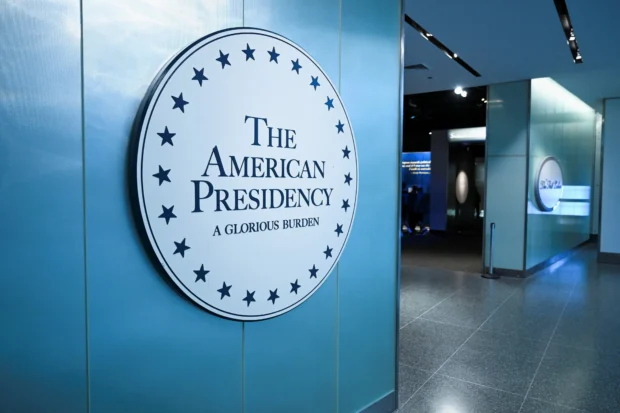
At a 2011 White House dinner, when President Obama asked Steve Jobs what it would take to manufacture iPhones in America, Jobs bluntly responded: “Those jobs aren’t coming back.” He understood that manufacturing ecosystems, with their complex supply chains, skills, and relationships, cannot be easily relocated.
Nevertheless, President Trump has attempted precisely this with his “Liberation Day” announcement of sweeping tariffs aimed at balancing trade deficits. This move triggered economic turbulence and market declines, prompting him to delay higher tariffs for 90 days—except for China. While markets partially recovered, uncertainty persists and may have already inflicted lasting damage through higher capital costs.
Much analysis has criticized the tariff formula and its underlying economic reasoning. The policy doesn’t measure what Trump believes it does, and the notion that America should produce everything domestically defies economic logic. Just as individuals purchase goods without expecting reciprocal sales from vendors, countries benefit from specialization rather than attempting to manufacture everything themselves. Without specialization, productivity declines and competitiveness suffers across sectors.
Although blanket tariffs will likely cause more harm than good, the underlying concern deserves consideration. America’s competitiveness challenge stems not from being “ripped off” but from production globalization—specifically what economists David Autor, David Dorn, and Gordon Hanson termed the “China Shock.” Chinese imports cost America an estimated 2-3 million manufacturing jobs between 1999-2011, with more losses since. Regions directly competing with China—particularly in the Midwest and South—suffered severe impacts.
These job losses weren’t offset by new employment in affected areas, resulting in lower wages, higher unemployment, increased opioid addiction, social instability, and political polarization. Even workers outside manufacturing experienced wage stagnation, especially those without college degrees, as labor markets tightened and bargaining power diminished. Promises that displaced workers could “learn to code” often proved hollow, as many couldn’t easily retrain or relocate.
While Wall Street has thrived during globalization, Main Street has struggled. America’s trade deficit extends beyond low-value products to advanced technology products, where it faced a nearly $300 billion deficit in 2024. America has financed these deficits through borrowing—an unsustainable approach requiring change.
Will worldwide tariffs solve America’s competitiveness problems? The answer depends on the goal: Is it leverage, market access, or job repatriation? Tariffs might secure some deals but at the cost of Americans’ purchasing power. They might reduce some export barriers, but unlikely enough to save struggling American automakers. As for bringing jobs back, Commerce Secretary Howard Lutnick now acknowledges that returning factories would be largely automated.
Pressuring countries and companies to invest in America has limitations. Rebuilding entire product ecosystems takes years. If America aims to regain innovation and manufacturing dominance, cutting research funding counteracts this goal. Targeting university research eliminates the shared resources benefiting all American corporations—essentially scoring against itself.
Reversing decades of corporate outsourcing resembles putting toothpaste back in the tube. How long will Trump persist against mounting pressure from powerful interests and divisions within the Republican Party? China’s retaliatory measures complicate matters further. While tariffs will likely falter and rising inflation could hurt Trump politically, the fundamental tension between Wall Street and Main Street will intensify, demanding attention from either Trump or future administrations.











Be the first to leave a comment